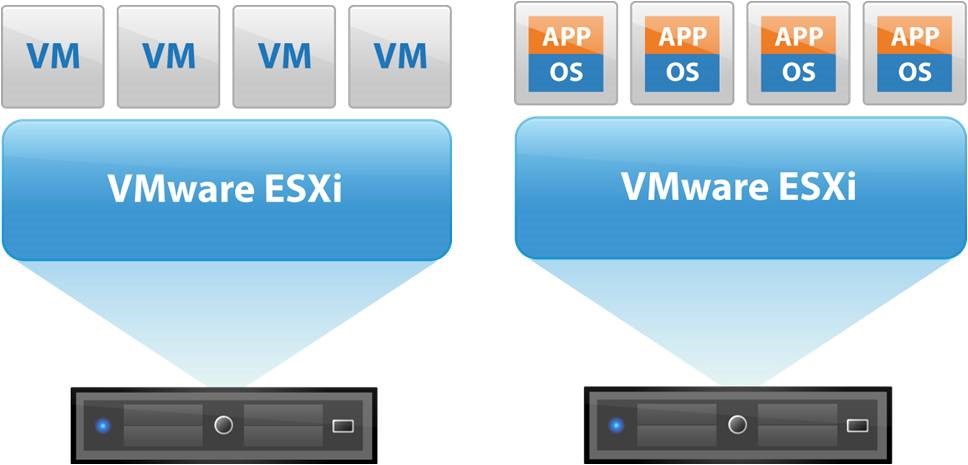Server Virtualization

Server Virtualization overview
Server virtualization is used to mask server resources from server users. This can include the number and identity of operating systems, processors, and individual physical servers.
Server virtualization is the process of dividing a physical server into multiple unique and isolated virtual servers by means of a software application. Each virtual server can run its own operating systems independently.
Key Benefits of Server Virtualization:
- Higher server ability
- Cheaper operating costs
- Eliminate server complexity
- Increased application performance
- Deploy workload quicker
Three Kinds of Server Virtualization:
- Full Virtualization: Full virtualization uses a hypervisor, a type of software that directly communicates with a physical server's disk space and CPU. The hypervisor monitors the physical server's resources and keeps each virtual server independent and unaware of the other virtual servers. It also relays resources from the physical server to the correct virtual server as it runs applications. The biggest limitation of using full virtualization is that a hypervisor has its own processing needs. This can slow down applications and impact server performance.
- Para-Virtualization: Unlike full virtualization, para-virtualization involves the entire network working together as a cohesive unit. Since each operating system on the virtual servers is aware of one another in para-virtualization, the hypervisor does not need to use as much processing power to manage the operating systems.
- OS-Level Virtualization: Unlike full and para-virtualization, OS-level virtualization does not use a hypervisor. Instead, the virtualization capability, which is part of the physical server operating system, performs all the tasks of a hypervisor. However, all the virtual servers must run that same operating system in this method.
